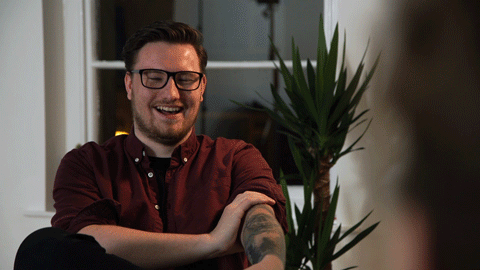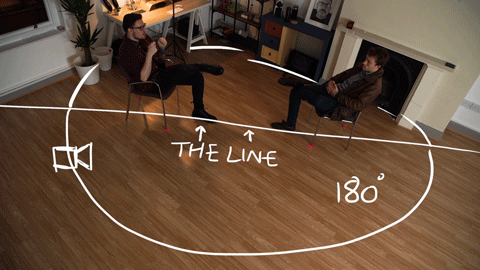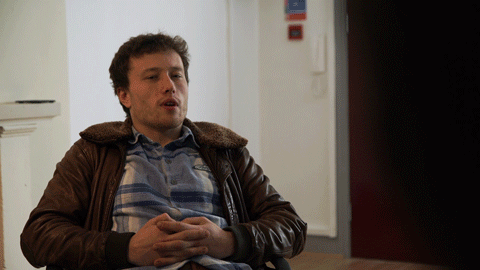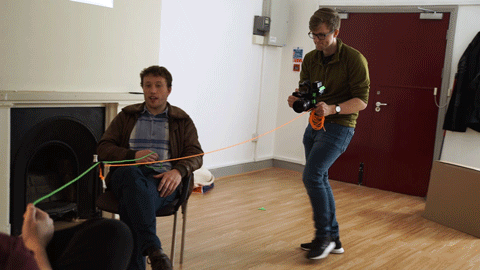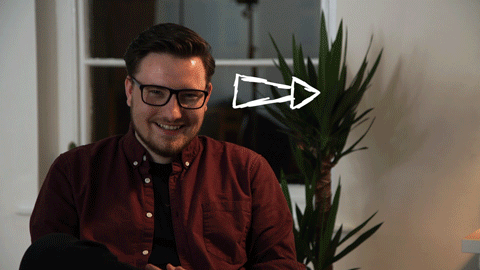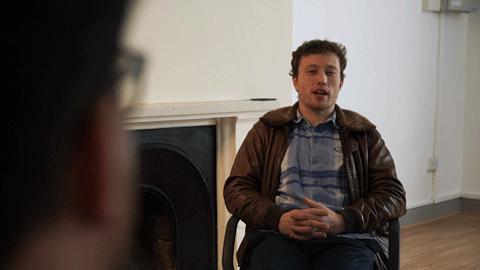This week we are going back to basics and explaining the 180 degree rule; a fundamental method of filmmaking which can make or break your film.
We have a tip which will help you make sure you are using the rule correctly, how to quickly double check you are inside the line, and identifying when it's time to change it during a scene.
This is the 180 degree rule!
The 180 degree rule is used for retaining spatial connections between the characters in the scene. The rule is used to make sure the audience knows exactly where everyone is in relation to each other.
It’s actually quite simple. You have 180 degrees where you can place the camera. You can draw it out like a semi-circle, and you will usually place the straight edge from one character to another, the straight line between these characters is known as “the line”.
When you start shooting a scene, you can choose which side of the line to shoot on. Choosing a side will depend on things like what’s more interesting in the background and if you have limited space on one side of the set.
Once you draw out your semi-circle, you can place the camera down and shoot from any angle inside the boundary.
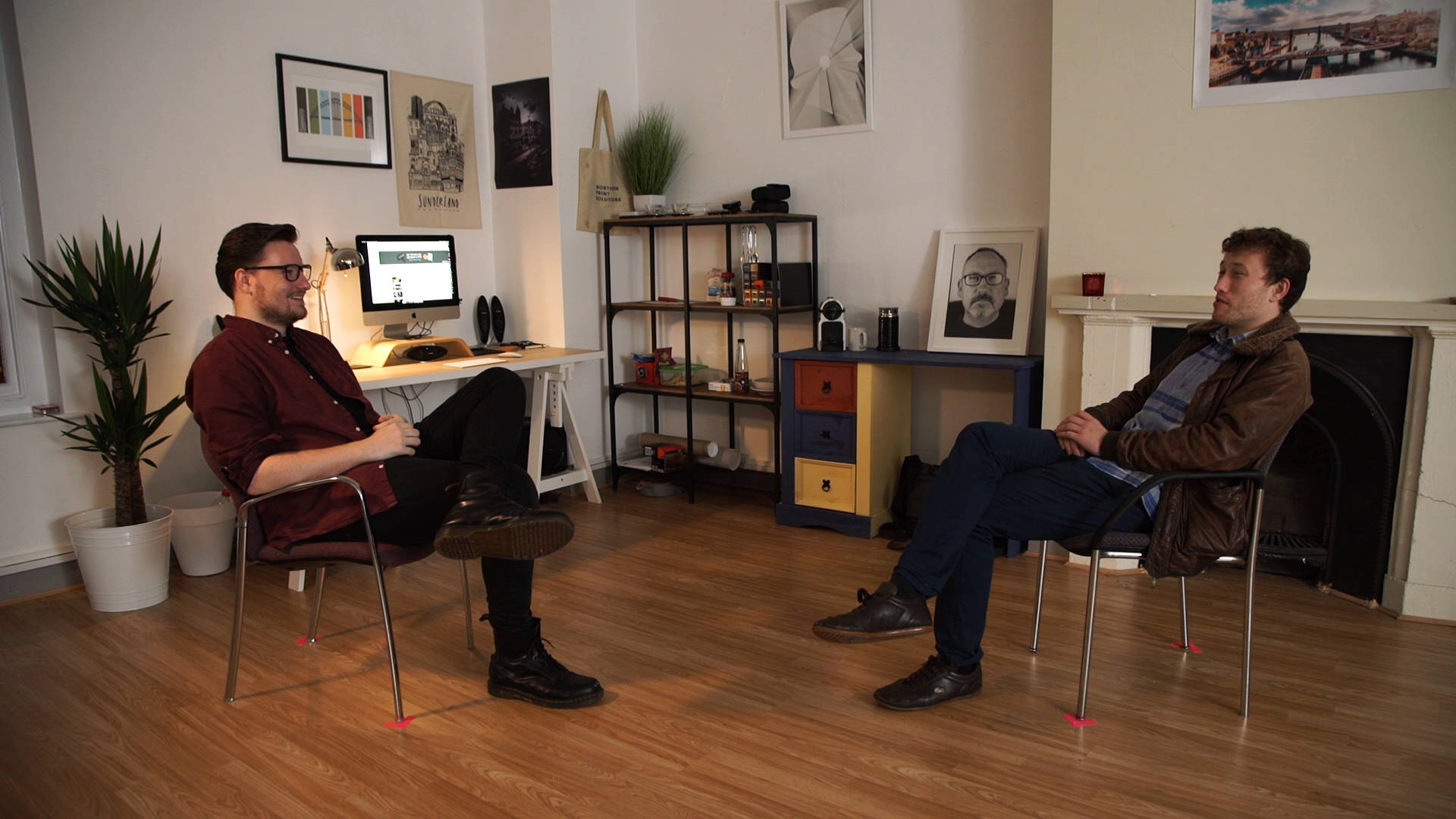
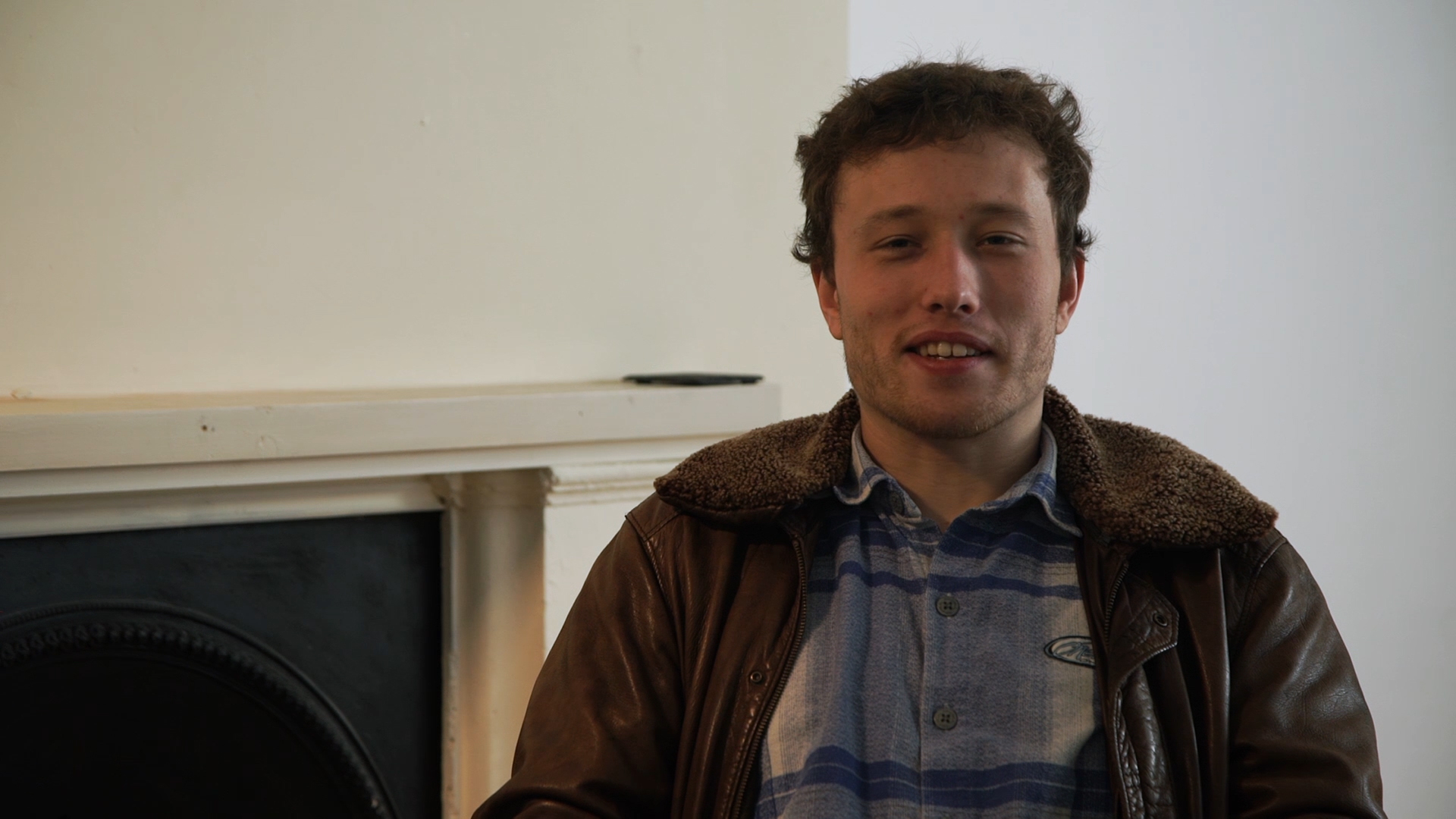
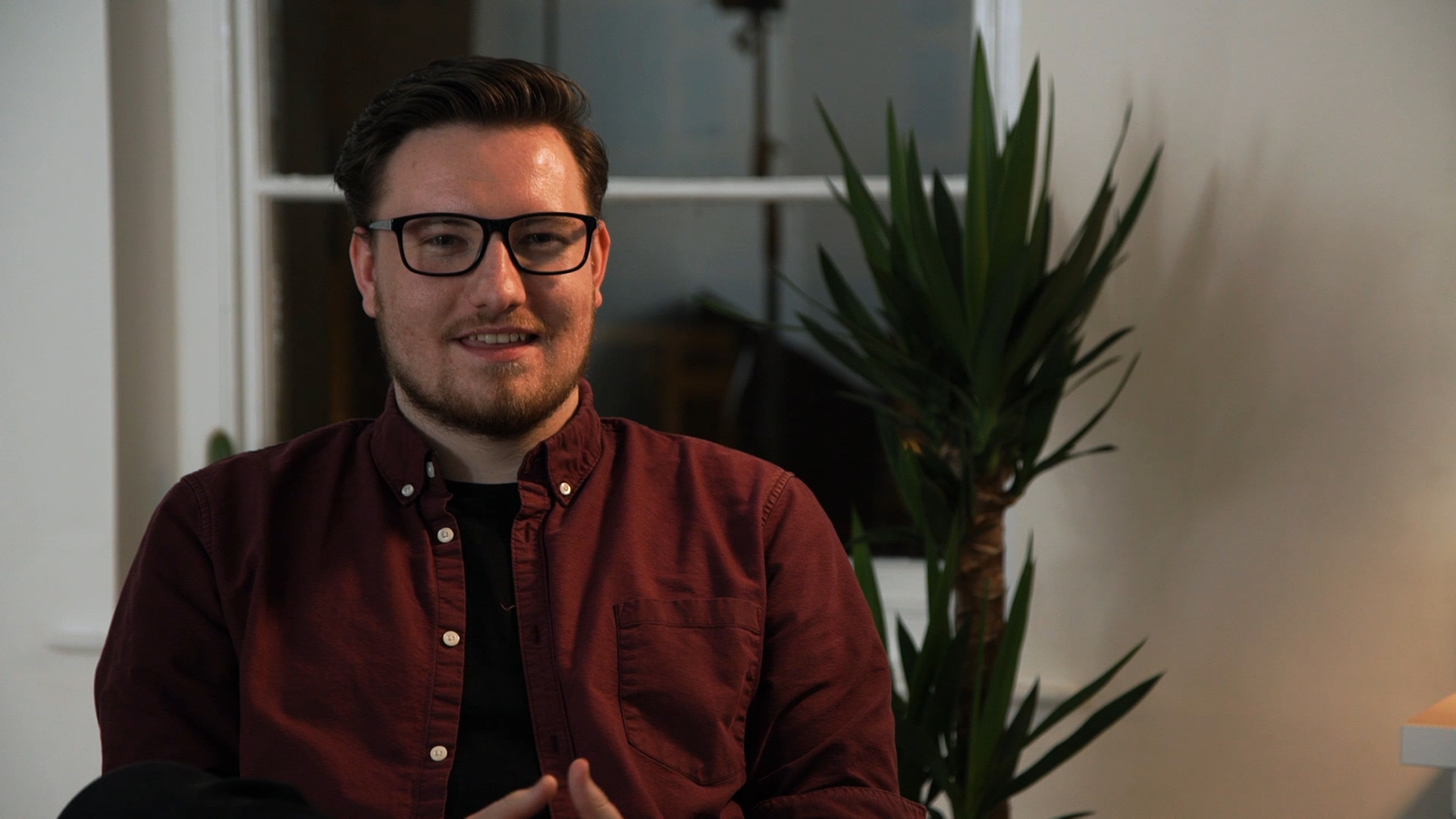
The easiest set of shots to achieve with two characters is a triad: a shot of both your characters in frame (known as a 2-shot) and a set of character singles, either by shooting them clean or over the shoulder (also known as shooting it “dirty” because you are hiding some of the frame).
This becomes your standard dialogue triad, but you aren’t limited to just these positions.
A good way to think about your shooting space is by having your actors hold a single piece of string between one another. This line is now a barrier which the camera cannot cross. In addition to the string between your actors is a pole in the centre with another piece of string attached to the camera.
The camera is now tethered to the line but you can still freely move the camera inside the semi-circle and choose a wide range of shots.
Because you have the string attached to the camera, the moment you touch an actor with that string, you are about to step over the line, breaking spatial clarity.
The string method is a good way to double check if you are going “over the line”. So what’s this “line” all about, anyway?
The 180 rule is all about spatial awareness. You want each shot to have the actors looking towards each other. So, in shot A the actor is looking to the right of frame, and in shot B the actor is looking to the left.
When cutting between the shots, it looks like they are speaking to each other even if we don’t shoot an over-the-shoulder.
Let's break the rule and see what happens.
We will use the same shot of actor A, but we will step over the line to frame up on actor B.
If we cut between these shots, both actors look like they are facing the same direction, losing spatial awareness, and very likely confusing the audience.
If two actors are looking at each other, they must be looking into different directions of the frame for it to make sense during editing. A 2-shot applies the same rules; they look to each other, resulting in opposite directions, so we must use the same rules for the single character shots too.
As well as the string method, you can make sure you aren’t breaking the 180 by using a little gaff tape on your camera. Make a note of the direction each actor is facing and pin it to your camera so you can double check with every shot.
You will know if you are crossing the line if the direction the actor is looking doesn’t match the direction of the arrow on your camera.
We still double check we aren’t breaking the line during every shoot because we know it’s a make or break mistake.
If you are worried you’ve crossed the line, double check by thinking of the string method, check each character is looking to different sides of the frame, and if you need to, stick a gaff tape reminder to your camera.
Breaking the 180 in a film is an clear example of amateur and poor filmmaking. Even if your film has lots of heavy action, and some crazy shots, the line is there to keep spatial awareness for the audience, and it should never be broken.
So don’t worry - and speak up if you think you are getting it wrong!
But this doesn’t mean you can’t move the line or draw a new line during a scene! Let me show an example.
The first way you can change the 180 and re-establish a new shooting space is when the camera travels over the line during a take. If we slide behind a character and frame over the other shoulder, we’ve now crossed the line, which means we must draw a new semi-circle and adhere to this new space for the rest of the scene.
This “changing of the 180” is a great example of using the rules of filmmaking to emphasise a moment in a scene.
This “change” of the rule usually happens when something significant happens in a scene like a change of power dynamic or a big reveal.
But what about if your characters are walking around and moving over the line during the scene?
In our film Backstage, the 180 line actually changes 3 times during a single scene. This is because our characters step over the line, so we have to re-draw and re-establish spatial awareness of the scene.
The first line in the scene is between The Medium and Jenny. We draw a straight line between both of them and stay in this side of the semi-circle. The Medium looks to the left of the frame and Jenny looks to the right. When Jenny leaves the scene, we can draw a new line.
The Medium is now looking to the right of the frame, technically breaking the rule from earlier in the scene. But by shooting a wider shot we can show where the character is in the space and establish a new line, retaining spatial awareness.
The line is now on the other side, between The Medium and the Flyswatter. The Medium looks to the right of the frame, and The Flyswatter looks to his left.
This is actually a funny example because in this part of the scene The Medium and the Flyswatter aren’t actually making any eye contact because of the cubicle wall between them. But by making sure they both look into opposite sides of the frame, it still retains spatial connectivity between the two characters.
Later in the scene, the Medium returns to his original position, but we are now shooting on the new line, which means the Medium must continue to look to his right when speaking to The Flyswatter who is looking to the left.
When The Flyswatter exits the toilet cubicle, we draw a third line. Again, we shoot a wider frame to re-establish the space. The Flyswatter now looks to his right, and The Medium looks to his left, putting the semicircle between the two characters when they stand in front of each other.
We used the first line to take advantage of a few things. It gave us the ability to see into the door when Jenny walks in, we were able to capture the other wrestlers in the room, and we got a clean close up on The Medium.
We established the second line for shooting a clear back and forth between The Flyswatter and The Medium.
And we established a third line so we could shoot back into the room for the end, rather than face the toilet cubicles.
The 180 degree rule is one of the fundamental rules of filmmaking. This isn’t a “once you know the rule, you can break the rules” scenario. You don’t break this one...instead, you change it.
Let us know if you you’d like any more back to basics videos just like this one in the comments below. Vote with your thumbs if you liked or disliked this video, and remember to achieve it one rule at a time.
This video was Sponsored By
🎵 http://bit.ly/track-losinggames - Click here to download this episode's track. Check out Premiumbeat.com to discover a huge range of exclusive royalty free music!
DISCLAIMERS:
Some of these links are affiliate links, if you purchase gear via these links The Film Look will receive a small commission, but there will be no additional cost to you. Thank you!


